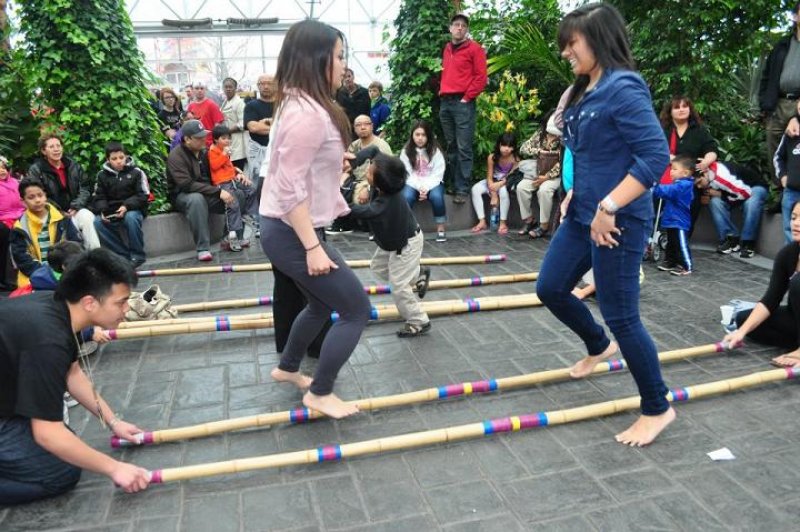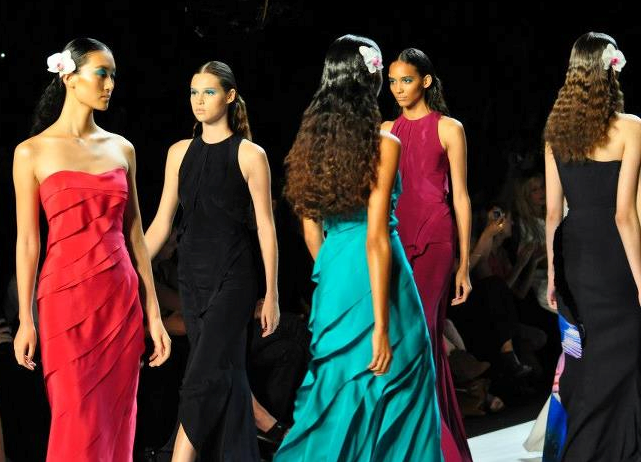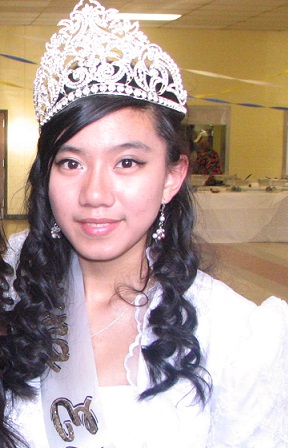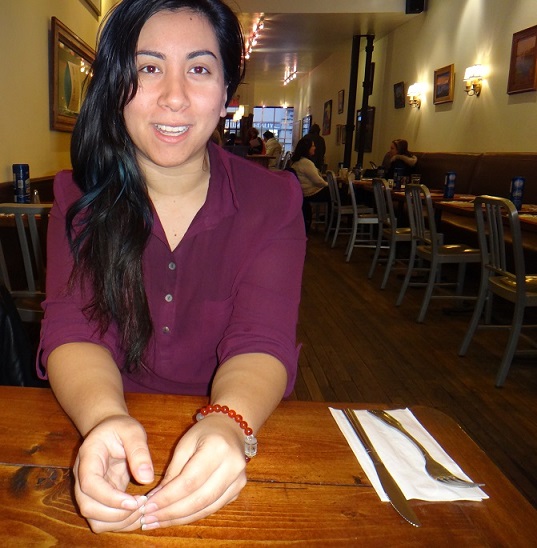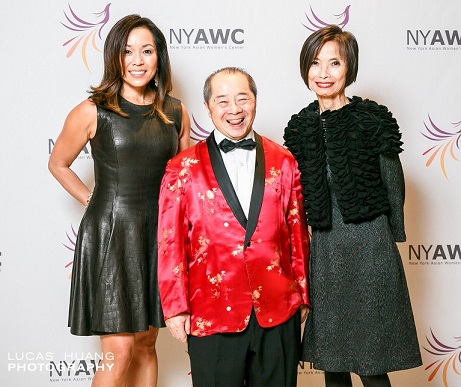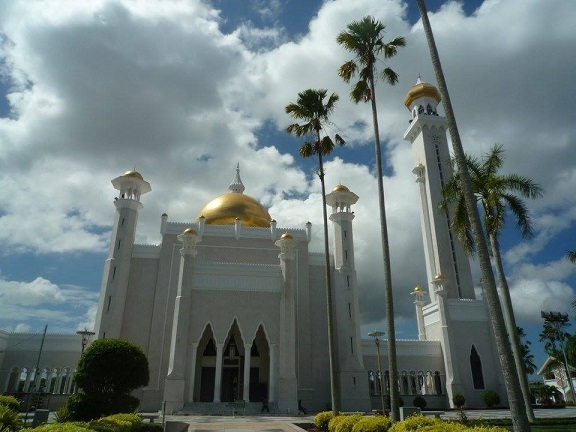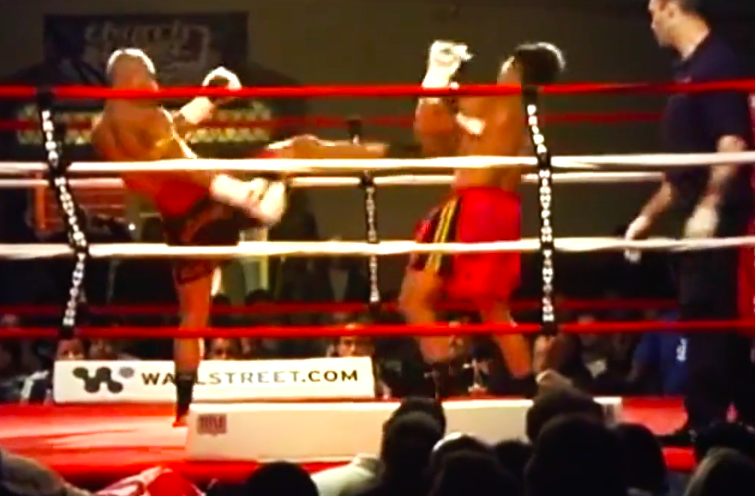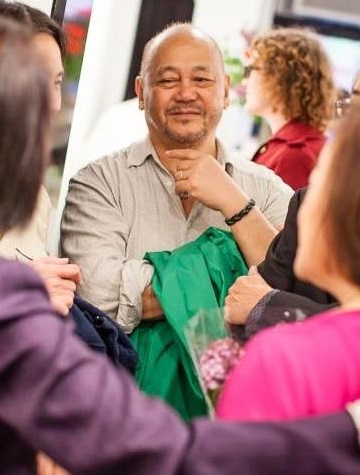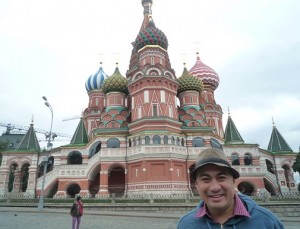Strolling around Red Square, marveling at Russia’s history and heritage
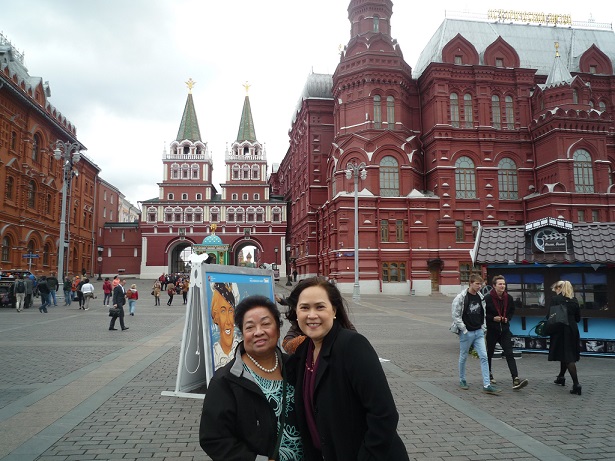
Author’s mom Erlinda Gaa with the Ambassador’s wife Teelo Sorreta in Kremlin, which means ‘fortress inside a city’
Russia is a country that never fails to grab the headlines. We’re all probably most familiar with Russia in the history books as being a premiere stage for global events that shook the world during the Second World War and the Cold War.
It only seems recently that we are all slowly understanding modern-day Russia as an international player in this post-Cold War/post-9/11 world we all live in, particularly with regard to its evolving relations with the Philippines and the U.S. Whatever your political views, this is an amazing land so rich with a turbulent yet colorful history that you need to visit to best appreciate and understand it.
In my second trip to Russia, I got to visit its capital city of Moscow. Whereas in my first trip I got to visit St. Petersburg which I learned was a fabulous museum city of Russia’s imperial past. Moscow is the face of today’s Russia.
I flew in from New York to join my mother, Mdme. Erlinda C. Gaa, who flew in from Manila together with some of our family friends who are Sigma Deltan sorority alumni of the University of the Philippines. Our wonderful host was current Philippine Ambassador to the Russian Federation Carlos “King” Sorreta, a longtime family friend and close fellow Upsilonian brod of my late father, Ambassador Willy C. Gaa. Seeing his official photo at his residence standing alongside Russian President Vladimir Putin imbued me with the sense of responsibility Ambassador Sorreta must have in brokering closer Philippine-Russian diplomatic relations, especially in light of President Rodrigo Duterte’s aim to forge stronger security, economic, and social ties with Russia.
Upon the advice of the Ambassador’s wife Teelo, we soon toured Moscow’s Red Square. Moscow’s main city plaza and is undeniably its highlight attraction. It is the hub of three iconic buildings in Russia: The Kremlin, the official residence of President Putin; the tomb of Soviet founding father Vladimir Ilyich Lenin; and the beautiful St. Basil’s Cathedral. To my surprise, the origins of Red Square’s very name wasn’t derived from Russia’s communist past or even the color of the former Soviet flag, but rather from the Russian word “krasnaya,” which means both “red” and “beautiful.”
A school mate of mine from college who had visited Russia once told me that walking around the Red Square was as much of a rewarding historical immersion experience as strolling through the government buildings of Washington, D.C. To some extent, I felt this was true. Albeit if it would take at least an entire day to appreciate American history by exploring half of D.C.’s national monuments, one would only need to walk for a few hours through Moscow’s Red Square to grasp Russia’s past and future.
As we approached the entrance street to Red Square, we saw how there was a big countdown clock indicating how many exact days, hours, minutes and seconds were left until the date the 2018 World Cup which Russia will host begins. I had seen a similar clock of this over a decade ago when I last visited Tiananmen Square in Beijing, China, which was counting down to the start of the 2008 Summer Olympic Games that China hosted. I could only imagine the feel of euphoria that everyday Russians, football fan or not, must be experiencing up to the day the World Cup begins.
Red Square itself was as vast and impressive as I imagined it would be. We first glanced at the Kremlin presidential building, which is actually just one part of an immense complex that includes four cathedrals, five palaces, an enclosing wall and towers. To the average tourist, the word “Kremlin” (fortress inside a city), is as commonly associated with Moscow as the word “White House” is with Washington, D.C.
Right next to the Kremlin itself is the tomb of Lenin. We saw how there were some people already beginning to line up to view the tomb.
We learned how the body of Lenin was well embalmed for public viewing since the day he died in 1924. I was taught much about him in my elementary history classes, and how his ideals helped to inspire the birth of state communism in the early 20th century. Even in this post-Cold War era, Lenin remains a fascinating figure in history.
We then began taking several photos and selfies in front of my favorite attraction at Red Square, St. Basil’s Cathedral. This cathedral, which is literally shaped as a bright bonfire flame rising to the heavens, represents Russian architecture at its finest, and was Moscow’s tallest building in its time. It was constructed from 1555 to 1561 under the directive of one of Russia’s most complex leaders, Tsar Ivan the Terrible, who had commissioned the cathedral to be built to commemorate his military victories. Tita Teelo guided us as we walked around the cathedral, and told us an intriguing tale of how Ivan the Terrible supposedly blinded his own architect who built the church so that the beauty of St. Basil’s design would never be replicated. Whether that story is true or not, it surely was introspective of the occasional royal complexities of Renaissance-era Europe, something that “Game of Thrones” fans would surely comprehend!

